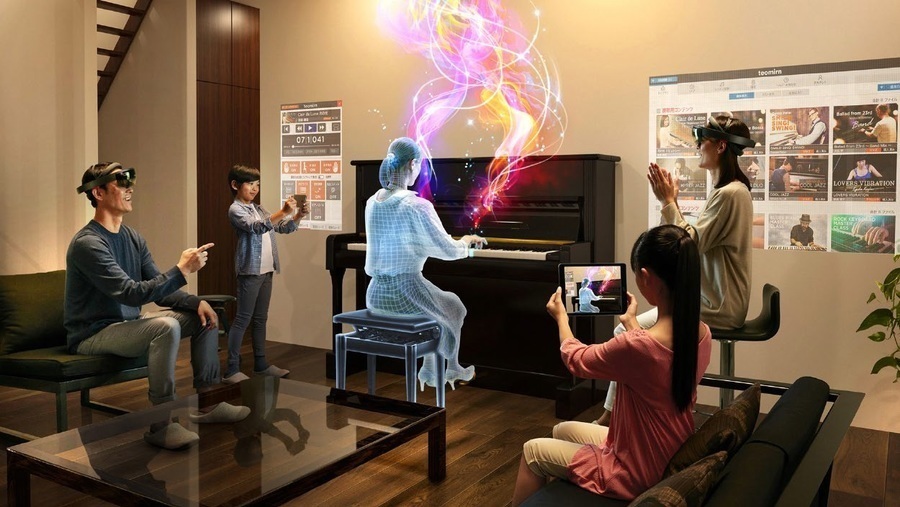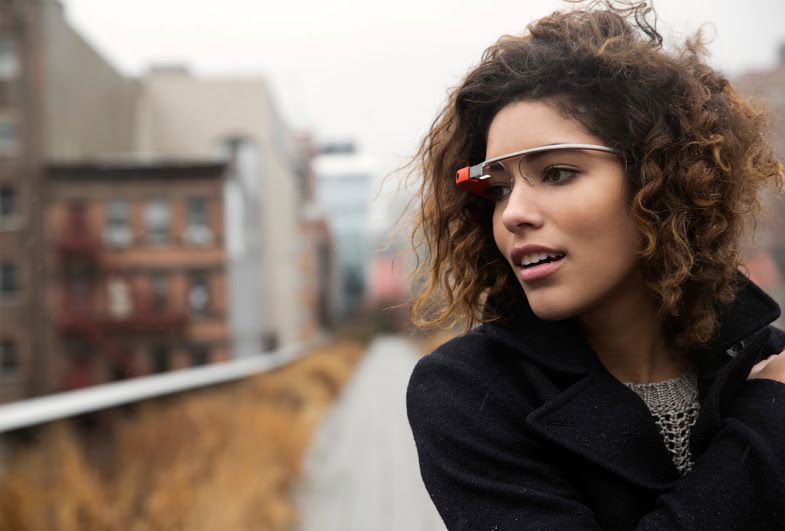April 5, 2018
Marketing is one of the most important aspects of a business. A good marketing campaign can make your product a roaring success and a bad one can make your business live on in infamy. The technology of today has also changed how we as consumers engage with marketing content with the circulation of viral media, hashtags and the like. Recently, there has been a surge in the use of AR and VR as marketing tools as the new technology allows you to engage the customer in new and immersive ways. Here are a few ways that your business could leverage AR and VR in your marketing strategy.
VR Marketing
Some people assume, wrongly, that virtual reality is only suited to provide entertainment. When in actuality the applications of this technology are broad and varied. This misinformation can probably be attributed to the popular culture.
 Popular culture has given people the idea that virtual reality means strapping on an ungainly headset and getting teleported to some 80s themed landscape full of neon and mullets. While the first part was true, original VR headsets were pretty ridiculous, the reality has changed radically.
Headsets no longer require a Schwarzenegger neck as they have become smaller and lighter. The experiences that they offer have high fidelity graphics and audio giving the user a truly immersive experience. VR has really come into its own in recent years.
Popular culture has given people the idea that virtual reality means strapping on an ungainly headset and getting teleported to some 80s themed landscape full of neon and mullets. While the first part was true, original VR headsets were pretty ridiculous, the reality has changed radically.
Headsets no longer require a Schwarzenegger neck as they have become smaller and lighter. The experiences that they offer have high fidelity graphics and audio giving the user a truly immersive experience. VR has really come into its own in recent years.
.jpg)
But how can you make use of this new technology for marketing?
There are several ways to use VR as a marketing tool.
1. 360-Degree Video
360-degree video allows the user to be taken on a short, scripted journey with the freedom of being able to look around themselves and take in all the sights and sounds of the video. This is the simplest way for you to dip your toes into the VR pool, all smart phones can view 360-degree videos, some can even film them when equipped with special attachments.. They can be used in combination with Google Cardboard to create a virtual reality experience that could showcase your product, it’s journey from factory to market, a tour of your hotel rooms or show house or tell your story! The possibilities are endless. You can see a short 360-degree roller coaster clip here.
2. VR Experiences
If you want to create a more immersive customer experience then you may want to create a virtual reality app. These put your customer in control and can allow them to actually test out your products. Car manufacturers could offer VR test drives on the showfloor, amusement parks could give interactive tours of their facilities or a charity might offer an interactive demo of the work that they do to encourage donations. These experiences could be offered on site or be made available online as a download for customers to use at home.
3. VR Tools
How many times have you purchased a new appliance for your kitchen or furniture for your living room and the assembly instructions haven’t been clear and you’ve ended up getting an appendage inexplicably caught in your ceiling fan? Too many times, right? Well VR could be the answer. A VR app could be used in place of a product manual. It could offer different tutorials on how to properly setup the device, build the chair or whatever special instructions your product may need. Within this setup you could also offer the customer more opportunities to view other products in your portfolio. Say the customer is doing the tutorial on how to construct a sofa, maybe in the virtual reality room the demo takes place in there could be several other accompanying pieces of furniture that go really well with the sofa and at the end you could have a quick and easy way for the customer to purchase these additional pieces.
4. VR Advertising
Let’s not forget about the classic methods of advertising as these are also easily applicable in the context of virtual reality. Billboards and banner ads could be used in virtual reality apps and games via sponsorship or paid ads. The adverts don’t need to be intrusive either, they could be made to be part of the virtual reality itself. Virtual billboards, ads on the in-game tvs or adverts in the newspaper the protagonist flips through there are an endless number of ways to position your marketing content to a consumer in a virtual space.
AR Marketing
Augmented reality is the other side of this digital coin. Instead of immersing a person in a virtual world, AR technology overlays digital constructs onto the real world via a phone camera or heads-up-display such as HoloLense. AR technology has come on leaps and bounds in the past few years with many people not even realising that they are making use of it. Pokemon Go and Snapchat filters are examples of augmented reality that have become ubiquitous without people even knowing that’s what it is! All smartphones these days can function as augmented reality which means you already have a large install base for any AR marketing that you decide to implement which is a pretty great reason to start making use of it. To give you an idea of how big this is Snapchat had 178 million active users daily in 2017 alone. Here are a few ways that you can make use of this widespread and popular technology in your marketing.

1. Augmenting Marketing
You can easily incorporate AR technology into your existing marketing strategy. You can enhance your adverts with QR codes and other scannable images that can be viewed through a phone camera and they will provide extended product information, trailers, or other promotional material. Scannable objects on a website could allow a customer to view a 3D model of the product which could give them an idea of what it actually looks like in their home. Posters could be scanned and give access to trailers or exclusive discounts and deals for whatever they are promoting. The potential applications for QR codes and scannables as part of your marketing is great and for the most part vastly untapped by organisations which means there is still a huge amount of novelty that comes with it will boost customer interaction.
2. Personalised Marketing
While your prospective customer is looking at the products you provide after they have scanned your QR codes, you could offer the customer the opportunity to customise said product and tailor it to fit their needs exactly. You could show them a variety of extras that could be added and different paint jobs and decals that could be applied. In addition a ‘Share’ function could also be included so that the customer can show off their new car or outfit on social media. The shared image could also be scannable, taking the viewer to your website and possibly encouraging them to become a customer as well. The versatility of AR marketing can’t be understated, how it easily incorporates social media is one of the big reasons behind this.

3. Improved Product Information
As augmented reality is predicated on overlaying information over the real world you could make use of this and show more information about the product to potential customers. Product positioning is an important part of the marketing mix, showing what your product does and how it does them and how it stacks up against the competition. AR lets you show the customer all this information with ease. You can make all the information surrounding a product readily available and even include promotions on it and similar items while the customer is viewing it through your app.
4. Gamification
Gamification is the process of applying game design techniques to the design of real world systems. How does this apply to marketing? Well, you’re going to be using technologies that have been used for game development long before anything else and you’d be remiss to not take on board these insights when you make up your AR marketing plan. An example of gamification in marketing is the use of leveraging the Zeigarnik effect on people. The Zeigarnik effect is the phenomenon when you can more accurately recall unfinished tasks. Lists, percentages and progression bars all produce the Zeigarnik effect and these can be implemented into your app easily and can help keep your customers engaged with it.
Partnering with mobile game apps could also be an avenue for advertising as Niantic, the team behind Pokemon Go, partenered with businesses to make them Pokestops which provided players with free items if they travelled to the location which would increase the footfall at these locations making it good for those businesses. These are just a few of the ways that AR and VR technologies can be incorporated into your marketing strategy. Here is a quick rundown of the points made in the blog post but in handy infographic form!

If you have an idea you want created get in touch with us and we can bring it to life. Whether it’s a quick prototype, a full product or even just to brainstorm, our team will be here to help.





